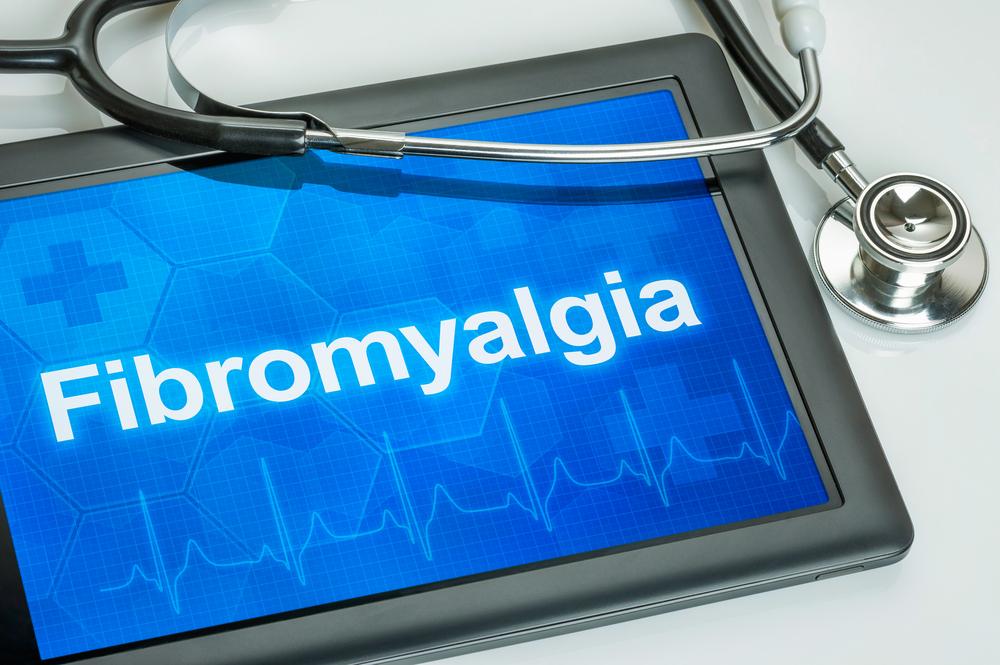Top Strategies for Managing Acute and Chronic Pain
Discover effective alternative methods for managing severe pain, including acupuncture, massage, herbal remedies, and mind-body techniques. These approaches offer safe, non-addictive options to help alleviate chronic and acute pain. Incorporate these therapies into your pain management plan for improved well-being and relief.

Top Strategies for Managing Acute and Chronic Pain
Controlling intense pain, especially without medication, presents a challenge. Alternative therapies encompass various procedures that differ from standard treatment methods. While opioids are commonly used for persistent pain, their addictive nature has caused concern, resulting in over 100 overdose deaths daily in the country. As a result, many seek alternative approaches to manage pain. These include biofeedback, aromatherapy, relaxation techniques, herbal remedies, massage, and guided imagery, among others.
Here are some highly recommended alternative therapies for effective pain management:
Mind-body techniques
These methods harness the mind's power to influence physical symptoms and functions, utilizing guided imagery, meditation, deep relaxation, hypnosis, and biofeedback to ease discomfort and manage pain effectively.
Acupuncture
Acupuncture is highly regarded for treating severe pain, purported to address up to 30 health conditions, including chronic pain. Originating in ancient China, it involves inserting stainless steel needles into specific points to balance energy and promote healing, which enhances endorphin release to block pain signals.
Massage therapy is increasingly popular for alleviating neck tension and chronic back pain by improving circulation and reducing stress. Chiropractic treatments also play a crucial role in managing spinal and musculoskeletal pain.
Reiki and Energy Healing
These energy-based therapies activate self-healing processes, reducing pain and anxiety. They require a strong practitioner-patient connection and physical proximity, promoting overall well-being and mental clarity.
Healthy Diet Choices
Although further studies are needed, many believe that diets low in fat and rich in plant-based foods can reduce inflammation and pain. Adjusting dietary habits, combined with exercise and weight management, benefits conditions like osteoarthritis and premenstrual pain.
Herbal Treatments
Traditional herbal remedies have been used for centuries to alleviate pain. While their effectiveness varies, consulting a healthcare professional before use is crucial, as some herbs may interfere with medications or cause adverse reactions.
Managing intense pain can be complex. Avoid opioids and seek a combination of medication and alternative therapies if necessary. Engaging in activities like exercise, reading, or hobbies can distract the mind and support mental health. In recent years, mind-body therapies have gained popularity for pain relief. Although challenging, applying these strategies can significantly improve pain management outcomes.










